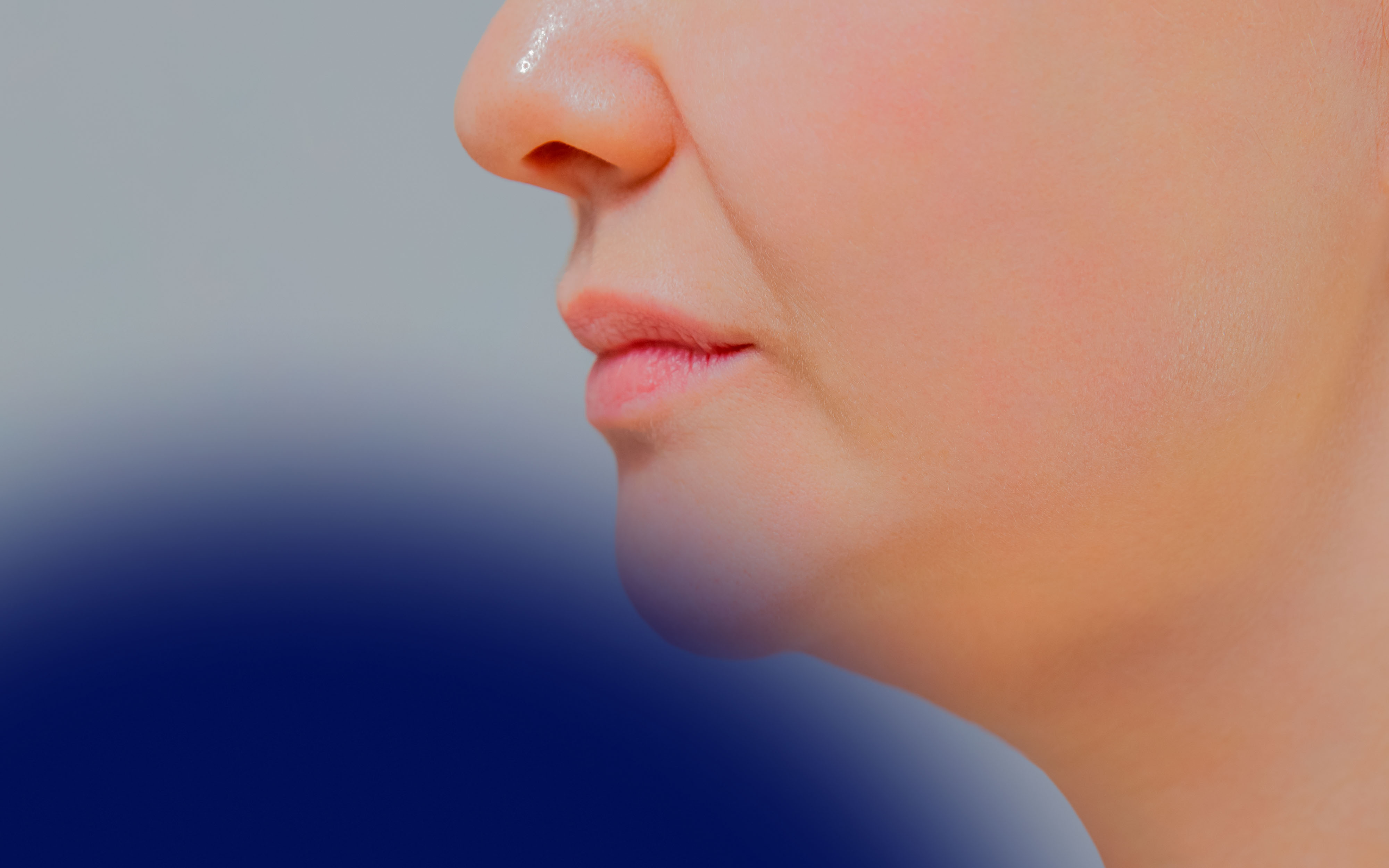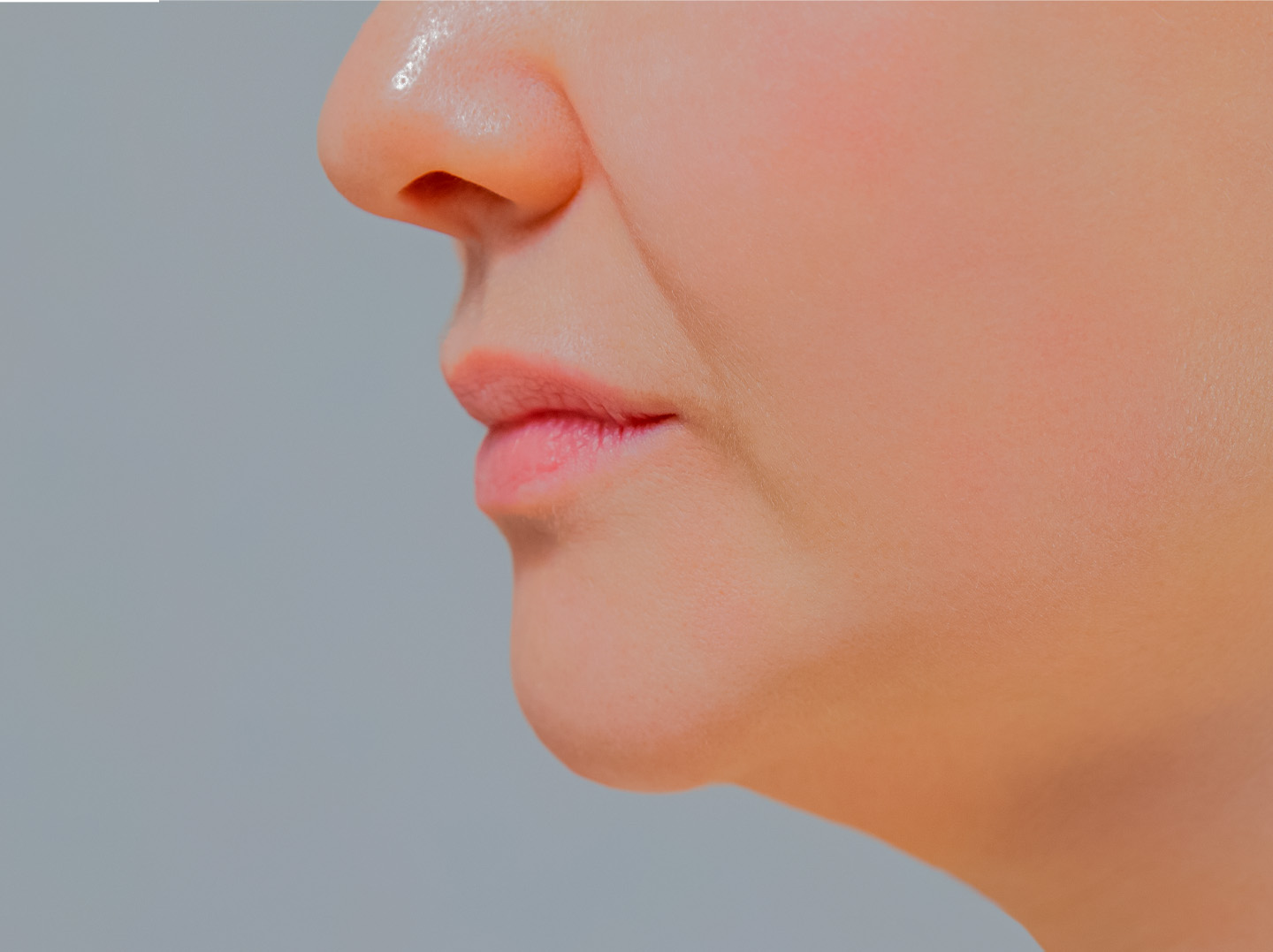
Nasolabial folds, also known as smile lines or laugh lines, are one of the earliest and most noticeable signs of facial aging. Even patients with otherwise youthful features often point to these deep creases as a source of concern. As skin laxity, fat redistribution, and bone resorption take hold, the once-subtle expression lines from nose to mouth become etched into the face.
For medical aestheticians, understanding how to address this region is crucial. Juvederm dermal fillers offer multiple formulation options tailored to the needs of nasolabial correction, from subtle softening to deeper volumization. This article outlines the anatomical basis of the folds, how Juvederm works in this area, and practical techniques to achieve balanced, natural-looking outcomes.
Why Nasolabial Folds Matter in Facial Aging
Nasolabial folds deepen due to several overlapping factors: midface volume loss, descent of the malar fat pads, dermal thinning, and repetitive facial motion. These creases may be more pronounced on one side, depending on sleeping position or facial dominance.
Treating nasolabial folds is about more than just chasing the line, it’s often the starting point for a broader midface rejuvenation strategy. Patients often describe their folds as making them look tired or angry, so improvement in this area has a significant impact on perceived youthfulness and emotional expression.
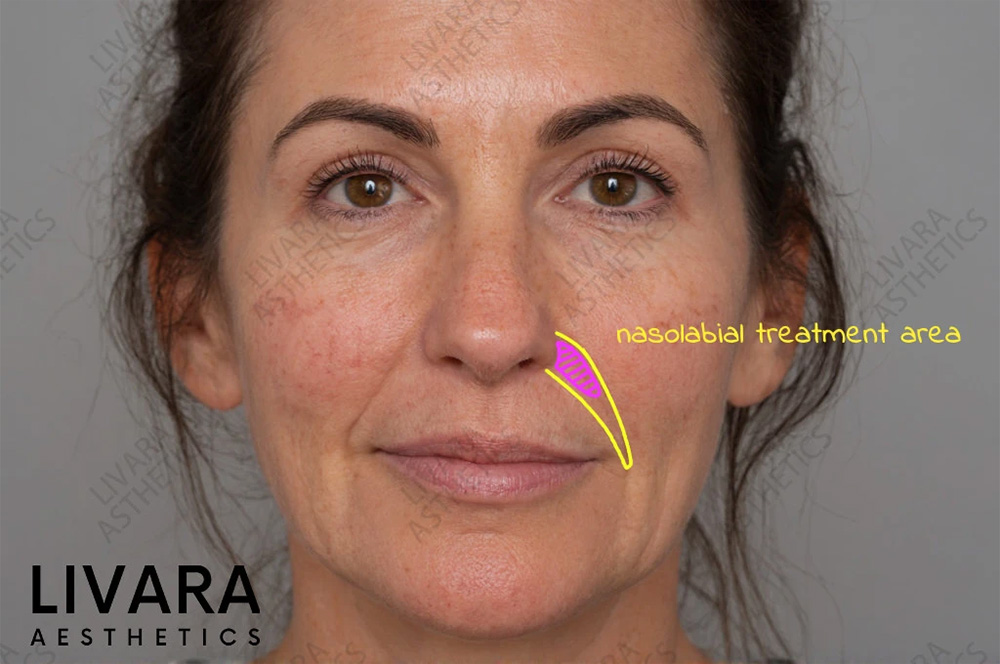
Anatomy of the Nasolabial Region
A sound understanding of regional anatomy is essential before injecting Juvederm in this area. The nasolabial fold is not a true fold but rather a groove formed by the border of the cheek’s fat compartments and the lip elevators. The depth of this groove increases with the descent of the deep medial cheek fat pad and loss of midfacial support.
Key anatomical layers include:
- Superficial and deep fat compartments (e.g., nasolabial fat, deep medial cheek fat)
- Vascular structures, notably the angular artery, which travels near the nasolabial groove
Targeting midface volume loss with products like Juvederm Voluma often improves the appearance of the fold without directly injecting into it, especially in early aging cases.
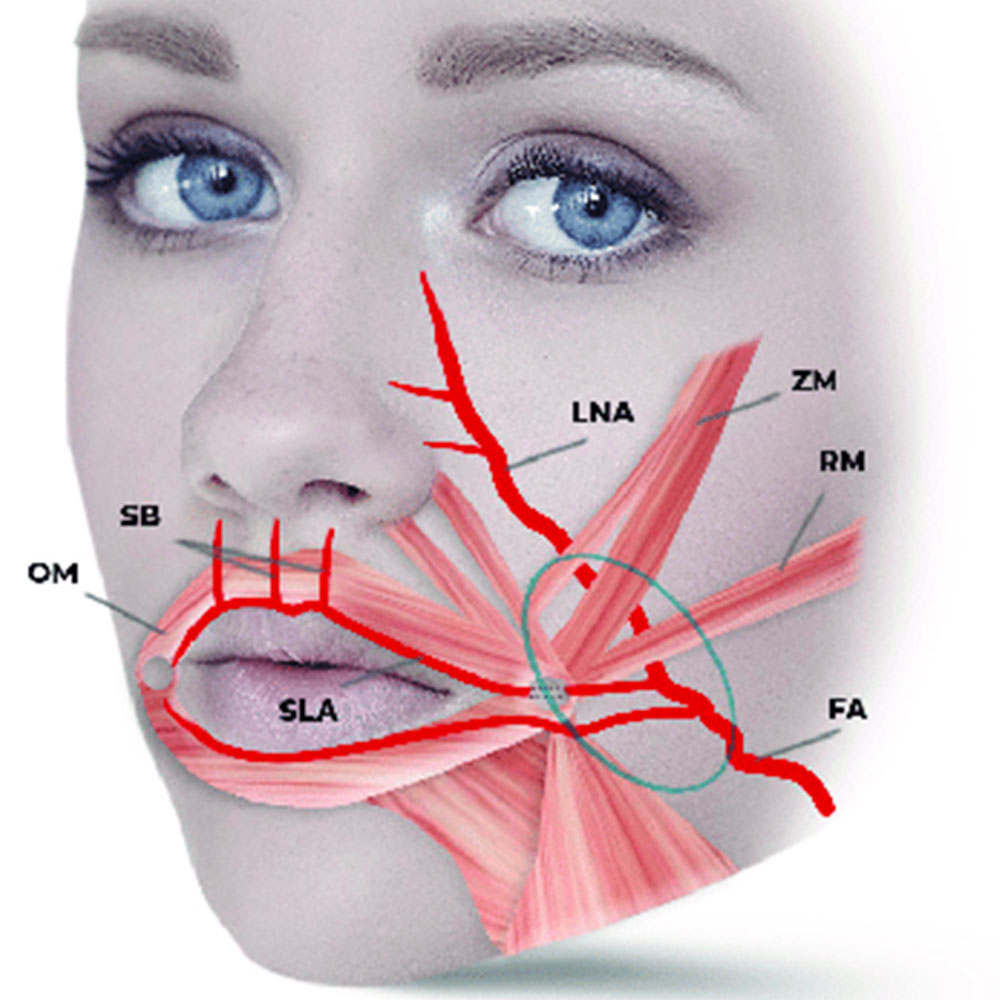
Is Juvederm Good for Nasolabial Folds?
Yes, Juvederm is widely used and well-regarded for treating nasolabial folds due to its versatility, smooth consistency, and predictability. As a hyaluronic acid filler, it adds volume, attracts moisture, and provides structure to support the surrounding tissue.
Juvederm offers several formulations suitable for this region:
- Juvederm Ultra and Ultra Plus: Suitable for moderate to severe folds. These Hylacross-based fillers are firmer and hold their shape well.
- Juvederm Vollure (Volift in some markets): A Vycross-based product with moderate cohesiveness and flexibility, ideal for dynamic areas like the nasolabial fold. It offers a natural look and extended duration (up to 18 months).
Choosing between these depends on the fold severity, patient age, skin thickness, and dynamic movement in the area.
Injection Technique and Best Practices
When treating nasolabial folds with Juvederm, precise technique ensures natural-looking results. The most commonly used methods include linear threading, fanning, and small bolus injections. For mild to moderate folds, linear threading in the mid-dermis often provides smooth correction. In deeper folds, a combination of fanning or deep bolus placement in the subcutaneous layer may offer better structural support.
Product choice influences technique: firmer fillers like Juvederm Ultra Plus are suited for deeper placement, while more flexible options like Vollure integrate well in dynamic areas. Needles allow for precision in narrow creases, while cannulas are often preferred for safety and reduced bruising, particularly when working near the angular artery. Whichever method is used, slow injection, proper depth, and patient-specific planning remain key to safe and effective outcomes.

Results, Duration, and Patient Expectations
Juvederm fillers deliver visible improvement immediately, although minor swelling may persist for a few days. Patients appreciate the instant change, but setting realistic expectations is essential.
How long does Juvederm last in nasolabial folds?
- Ultra/Ultra Plus: Around 6–12 months
- Vollure/Volift: Up to 18 months
Longevity of results depends on several factors, including the specific Juvederm product used, injection depth, the patient's metabolism, and the amount of facial movement in the area. It’s essential to set realistic expectations: fillers can significantly soften the appearance of nasolabial folds, but complete elimination is rarely possible, especially in cases of deeper structural aging. For many patients, the most natural and lasting improvements come from a combined approach that includes midface volumization, skin-tightening treatments, or both. Tailoring treatment plans to each patient’s anatomy and goals is what leads to consistent, high-satisfaction outcomes.
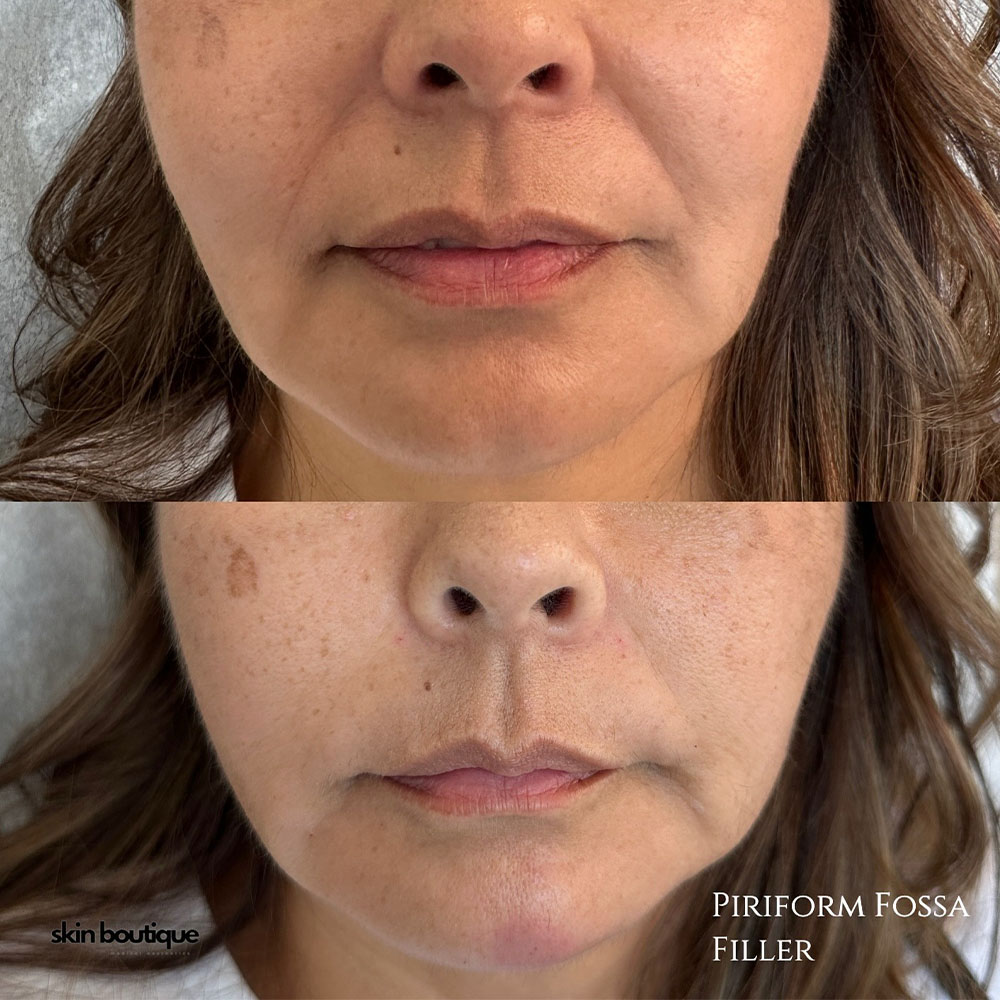
Safety and Contraindications
The nasolabial region is generally safe when injected correctly, but it carries some risks. Minor Juvederm side effects include swelling, bruising, and temporary redness.
- More serious complications can occur if fillers are injected into or compress key blood vessels, including:
- Vascular occlusion (signs: blanching, pain, skin mottling)
- Skin necrosis
- Visual disturbances (rare but urgent)
Key strategies to reduce risk:
- Use blunt cannulas where appropriate
- Inject slowly with minimal pressure
- Be aware of the angular artery, especially at the alar base
- Always have hyaluronidase available in case reversal is needed
Contraindications include active skin infections, recent dental work, autoimmune disease, pregnancy, or hypersensitivity to lidocaine or HA products.

Conclusion: Is Juvederm Filler for Nasolabial Folds a Good Choice?
Juvederm remains one of the top choices for nasolabial folds due to its smooth texture, range of formulations, and ability to provide natural-looking softening without stiffness or bulk. Selecting the right product, placing it in the correct plane, and combining it with broader facial balancing techniques leads to consistent, high-satisfaction results.
For practitioners, mastering nasolabial fold treatments and successfully treating smile lines with filler requires more than good injection hands; it demands anatomical awareness, product understanding, and a refined aesthetic judgment. For those seeking to sharpen their skills, HubMed Ed offers advanced Juvederm courses and other aesthetic courses online to deepen knowledge and technique.
FAQ: Juvederm for Nasolabial Folds
Is Botox or fillers better for nasolabial folds?
Best fillers for nasolabial folds are fillers like Juvederm. Botox is not effective for static creases in this area but may be used adjunctively to reduce surrounding muscle activity.
Is one syringe enough for nasolabial folds?
In mild cases, one syringe (0.5 mL per side) may suffice. Moderate to severe folds typically require 1–2 syringes total, and results can be refined over multiple sessions.
How much filler to fix nasolabial folds?
The volume depends on severity, product type, and whether midface support is also needed. On average, 1–2 mL is used, with layering possible over time.
How much do nasolabial fillers cost?
Prices vary by region and practitioner but typically range from $400–$800 per syringe.
What is the danger zone for nasolabial folds?
The angular artery runs near the base of the nose and within the nasolabial groove. Avoid injecting too superficially or deeply in this area without anatomical certainty.
Sources
- Yi KH, Lee JJ, Hur HW, Bae H, Kim HJ. Hyaluronic acid filler injection for deep nasolabial folds: A novel intraoral approach. Clin Anat. 2022;35(6):820-823. doi:10.1002/ca.23919 https://pubmed.ncbi.nlm.nih.gov/35665540/
- Bukhari SNA, Roswandi NL, Waqas M, et al. Hyaluronic acid, a promising skin rejuvenating biomedicine: A review of recent updates and pre-clinical and clinical investigations on cosmetic and nutricosmetic effects. Int J Biol Macromol. 2018;120(Pt B):1682-1695. doi:10.1016/j.ijbiomac.2018.09.188 https://pubmed.ncbi.nlm.nih.gov/30287361/
- Lupo MP, Smith SR, Thomas JA, Murphy DK, Beddingfield FC III,. Effectiveness of Juvéderm Ultra Plus dermal filler in the treatment of severe nasolabial folds. Plast Reconstr Surg. 2008;121(1):289-297. doi:10.1097/01.prs.0000294968.76862.83 https://pubmed.ncbi.nlm.nih.gov/18176233/
- Alimohammadi M, Furman-Assaf S, Nilsson J. A Prospective, Randomized, Double-Blind, Split-Face, Comparative Study to Evaluate the Efficacy and Safety of DKL23 and Juvéderm Volift for Correcting Moderate-to-Severe Nasolabial Folds. Aesthet Surg J. 2024;44(11):1218-1226. doi:10.1093/asj/sjae133 https://pubmed.ncbi.nlm.nih.gov/38874166/
*This article is intended for licensed medical professionals. All protocols, dosages, and treatment insights referenced herein are based on published literature. The content is not intended to encourage application, diagnosis, or self-treatment of unlicensed individuals, and should not be used as a substitute for the clinical judgment of a qualified healthcare provider.
Disclaimer:
This article is intended for licensed medical professionals. All protocols, dosages, and treatment insights referenced herein are based on published literature. The content is not intended to encourage application, diagnosis, or self-treatment of unlicensed individuals, and should not be used as a substitute for the clinical judgment of a qualified healthcare provider.
